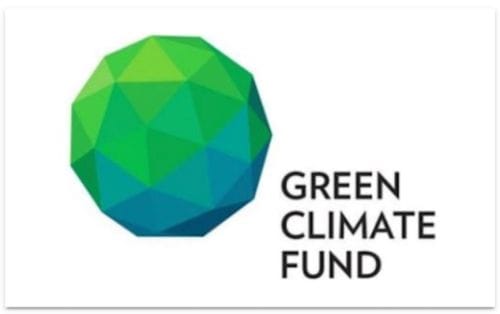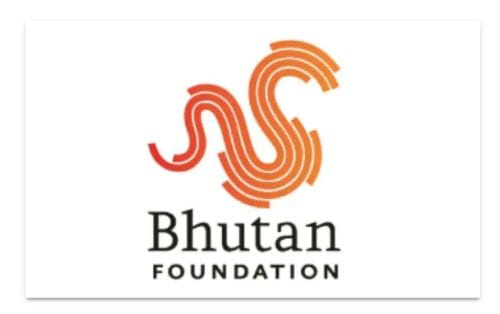Bhutan- Conservation is a reality
A conservation fairy tale that actually exists
Over the last 45 years, a small, little-known country in the distant Himalayas quietly and unassumingly became a conservation treasure. This is the incredible story of Bhutan’s commitment to conservation that few people are aware of. Blessed with a lineage of enlightened monarchs, Bhutan has consistently balanced national economic growth with cultural preservation, environmental sustainability, and social development.
“One of the world’s smallest country now has one of the world’s biggest conservation commitments"
Analysis of Bhutan's commitment to sustainability focus on Gross National Happiness (GNH) and forest cover
Bhutan's Constitution and Sustainability
Bhutan’s commitment to sustainability is manifest through its unique development philosophy of Gross National Happiness (GNH), which looks beyond gross domestic product (GDP) growth to measure progress, and in so doing values environmental sustainability as an integral component of development. Given its uniquely strong commitment to environmental and ecological integrity, Bhutan has integrated its environmental ethos into its Constitution. It is the only country whose Constitution mandates that a minimum of sixty percent of Bhutan’s total land shall be maintained under forest cover forever.
But Bhutan is also experiencing increased poaching and the country’s current enforcement capacity is unable to effectively tackle it. And because of Bhutan’s geographical location, Illegal wildlife trade will become a serious concern for wildlife conservation in the coming years.

This abundance of pristine protected areas is haven for wildlife. Some 5,000 plant species are found in Bhutan’s natural areas, as well as more than 200 species of mammals-all with the space they need to roam free.
Bhutan, with most of its are under forests, offers one of the best hopes for maintaining a viable tiger population into the future. The tigers have been recorded to be residing in the low tropical forests in the south and at high altitudes of Bhutan
Bhutan’s rivers which flow into neighboring countries like China, India and beyond are part of a region that provides water for at least one-fifth of the world’s population. Bhutan is net sink for greenhouse gases. Its forest sequester more than 6.3 million tons of carbon dioxide, which is four times more than what Bhutan emits, helping to reduce global warming.
Bhutan is not carbon neutral, it is carbon negative, Our entire country generates 2.2 million tons of carbon dioxide, but our forests sequester more than three times that amount so we are net carbon sink for more than 4 million tons of carbon dioxide each year.
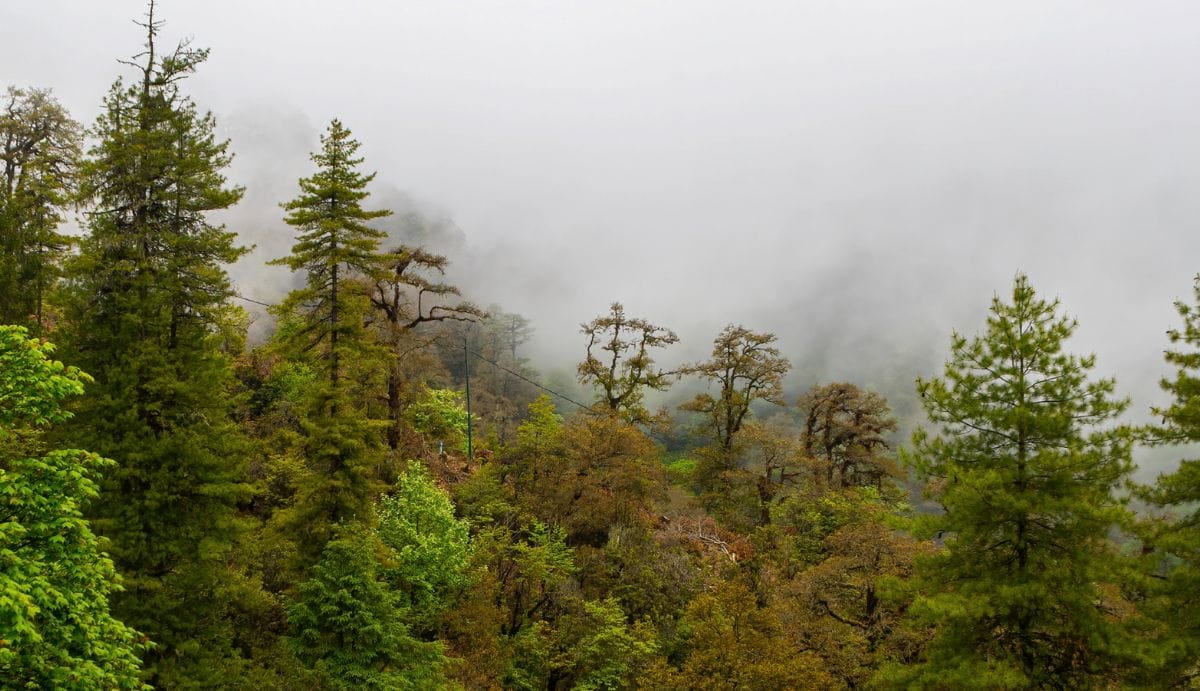

Bhutan first made the promise to remain carbon neutral for all times in 2009 during COP 15 in Copenhagen. Then, in December 2015 in Paris, Bhutan reaffirmed to remain carbon neutral and pursue low emission development to achieve the ambitious global targets of climate change post 2020.
Some of the ways Bhutan is already keeping this promise: Bhutan provides free electricity to rural farmers to curb the use of firewood. Bhutan is investing in sustainable transport and subsidizing the purchase of electric vehicles. Similarly, Bhutan subsidizes the cost of LED lights.
Bhutan is experiencing increased poaching and the country’s current enforcement capacity is unable to effectively tackle it.
Human-wildlife conflict is also rising and Bhutan does not have adequate interventions to help rural residents mitigate such threats in a responsible and conservation-friendly way.

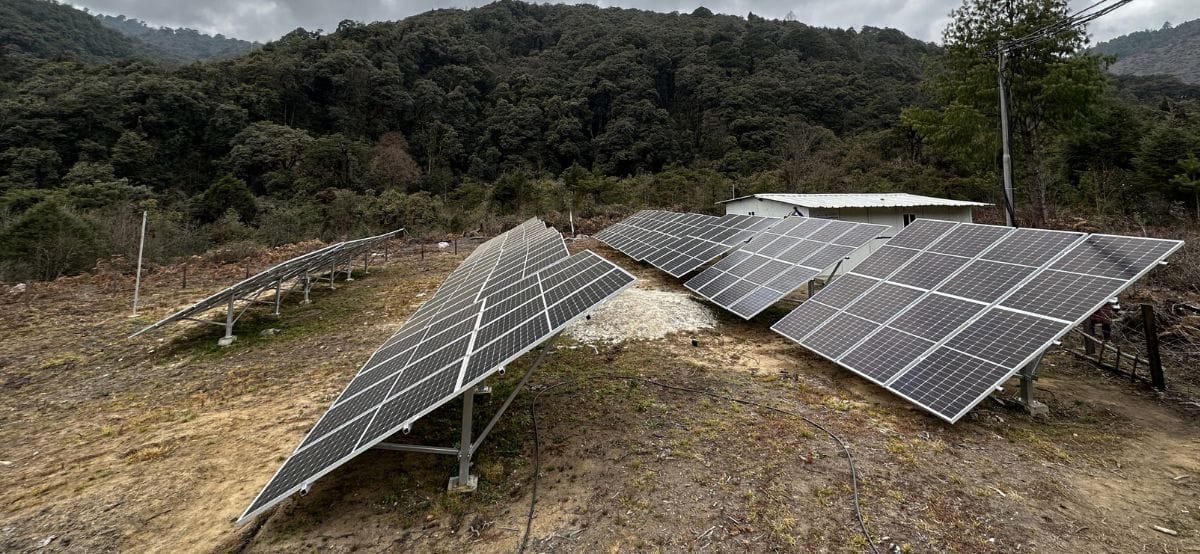
Bhutan is highly vulnerable to adverse impacts of climate change due to its fragile mountainous ecosystem. it is projected that both the frequency and intensity of extreme climate events would increase with changing climate.
Just as all these new threats and critical funding needs have arrived at Bhutan’s doorstep, its foreign aid is declining.
As the country’s funding sources decline, there is an ever-rising pressure to mine and build on land in or near Bhutan’s protected areas. Without any other financial solution, these options may become more attractive than conservation.
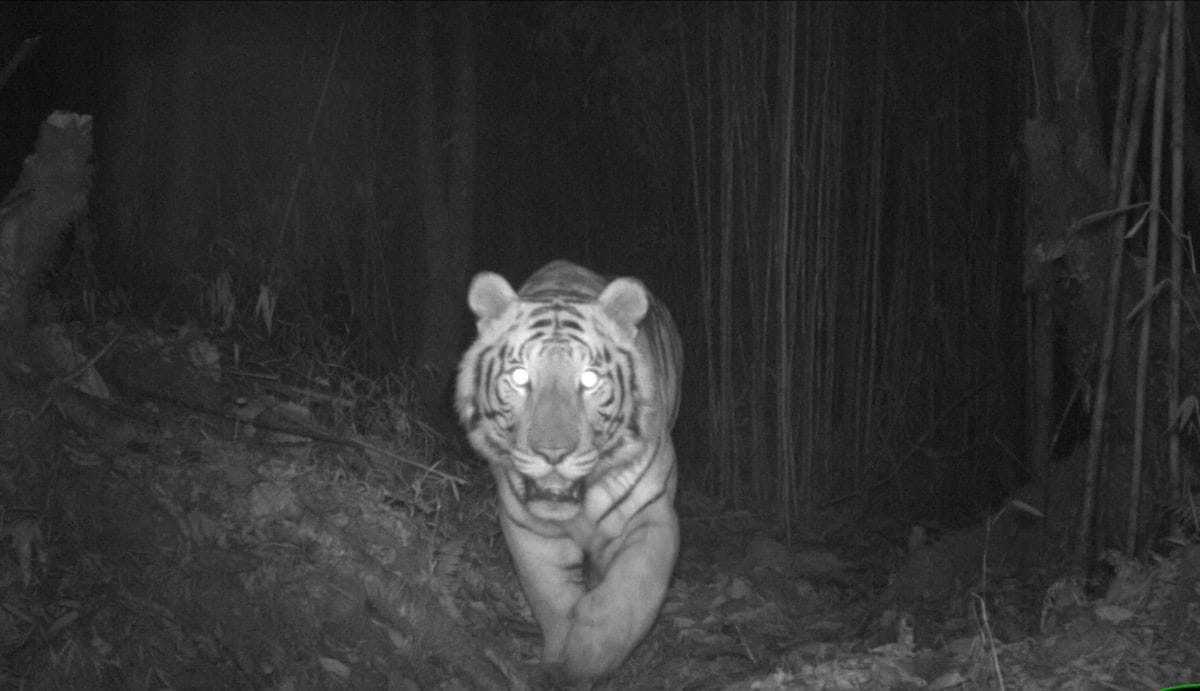

At this critical juncture, Bhutan is in need for a balanced and sustainable development paradigm to:
- Balance the need for economic development with the need to protect natural resources.
- Balance opportunities in the cities with incentives in the rural villages.
- Balance tradition with the desires for modern amenities.
Therefore, Bhutan for Life is going to address these challenges through:
4 Strategic Goals and 16 Milestones
- Goal I: Forest and vegetative cover within the protected area network help Bhutan remain carbon neutral
- Goal II: Socio-economic wellbeing of communities in and in the vicinity of the PA network enhanced by climate-informed natural resources management
- Goal III: Maintain stable and thriving populations of key species contributing toward national and global biodiversity goals. Maintain habitat and ecosystem diversity and contiguity. Protected area network provides sustained ecosystem services for socioeconomic and ecological wellbeing.
- Goal IV: Organizational, institutional and resource capacity strengthened for effective management of the protected area network. Support the Government of Bhutan to develop new sources of financing for Bhutan’s protected area network.
16 Milestones
- Milestone 1: From Year 2 onwards, forest quality and extent (at 1.1 million hectares) maintained within the PA network, thereby securing the storage of 240 million tons of carbon dioxide equivalent and increasing climate resilience through forest ecosystem conservation
- Milestone 2: By Year 4, degraded lands within the PA network are brought under climate-smart reforestation mechanisms to enhance the carbon stock (above and below gr`ound) and increase climate resiliency
- Milestone 3: By Year 8, all communities in PAs value, support, and engage in conservation, including waste management and climate change adaptation
- Milestone 4: From Year 7 onwards, all communities living within PAs use traditional knowledge, best available science and technologies to increase their climate and disaster resilience
- Milestone 5: By Year 4, 80% of all households within PAs benefit from reduced human wildlife conflict as a result of adoption of appropriate policies, technologies and systems
- Milestone 6: By Year 9, 80% of all households within PAs have increased access to nature-based employment and income-generating opportunities including ecotourism and sustainable harvesting of NWFPs, enhancing their resilience to climate change
- Milestone 7: By Year 6, populations of tigers and snow leopards, two flagship species that represent major ecosystems, are increased or stable (tigers increased by at least 20% over 2015 levels, and snow leopards stable at 2016 levels)
- Milestone 8: By Year 6, information on the conservation status of 10 other high-profile, lesser known, endangered or endemic flora and fauna species established, and five climate-smart species conservation plans developed (in addition to those for tigers and snow leopards)
- Milestone 9: By Year 2, Zero Poaching Framework and SMART/effective patrolling instituted in all PAs/BCs to prevent, combat, and monitor poaching, wildlife trade, and other illegal activities
- Milestone 10: By Year 6, key high-biodiversity and climate resilience value habitats (and areas that connect them) are under improved management
- Milestone 11: By Year 6, at least one high conservation, economically and culturally valued stretch of river linked to a PA is designated as free-flowing and effectively managed to continue to provide important ecosystem services for conservation and climate-resilience of local communities
- Milestone 12: By Year 7, watershed conditions in ten critical catchments within the protected area network improved for climate resilience, wildlife and socio-economic development
- Milestone 13: By Year 7, National Five Year Plans and all PA management plans incorporate natural capital valuation, key ecosystem services provided by PAs/BCs, and salient climate change risks and mitigation/adaptation strategies
- Milestone 14: By Year 2, the PA network has climate-smart management plans and a system to track management effectiveness, and by Year 6 the PA network is clearly demarcated
- Milestone 15: By Year 5, PAs/BCs are equipped with adequate and competent staff, and by Year 10 all PAs/BCs are equipped with essential equipment and infrastructure
- Milestone 16: By Year 2, feasibility assessments for new sources of sustainable financing have been completed, and by Year 8, new sources of long-term sustainable financing for Bhutan’s protected area network have been developed, approved by the RGoB, implemented, and are producing funding that is flowing to the PA network
80+ Major Activities
There are 80 plus activities that contribute towards achieving the 16 milestone and covers the 5 major themes namely:
- 1. Biodiversity
- 2. Climate Resilience
- 3. Economic Opportunity
- 4. Effective Management
- 5. Healthy Ecosystem
Key Features
To ensure that Bhutan remains economically and environmentally sustainable during these changing times, WWF and the Government of Bhutan committed to create an innovative funding approach called “Bhutan For Life” . Funding generated through this initiative will be used to maintain and manage the country’s protected area system for all time.
Bhutan For Life is “ Project finance For Permanence (PFP)” mechanism to provide sustained flow of fund to effectively manage Bhutan’s protected areas and biological corridors. BFL will aim to mobilize, in a single agreement, all governmental, financial and other commitments, needed to develop Bhutan’s protected area system and maintain it forever.
Bhutan For Life - AN INNOVATIVE SOLUTION
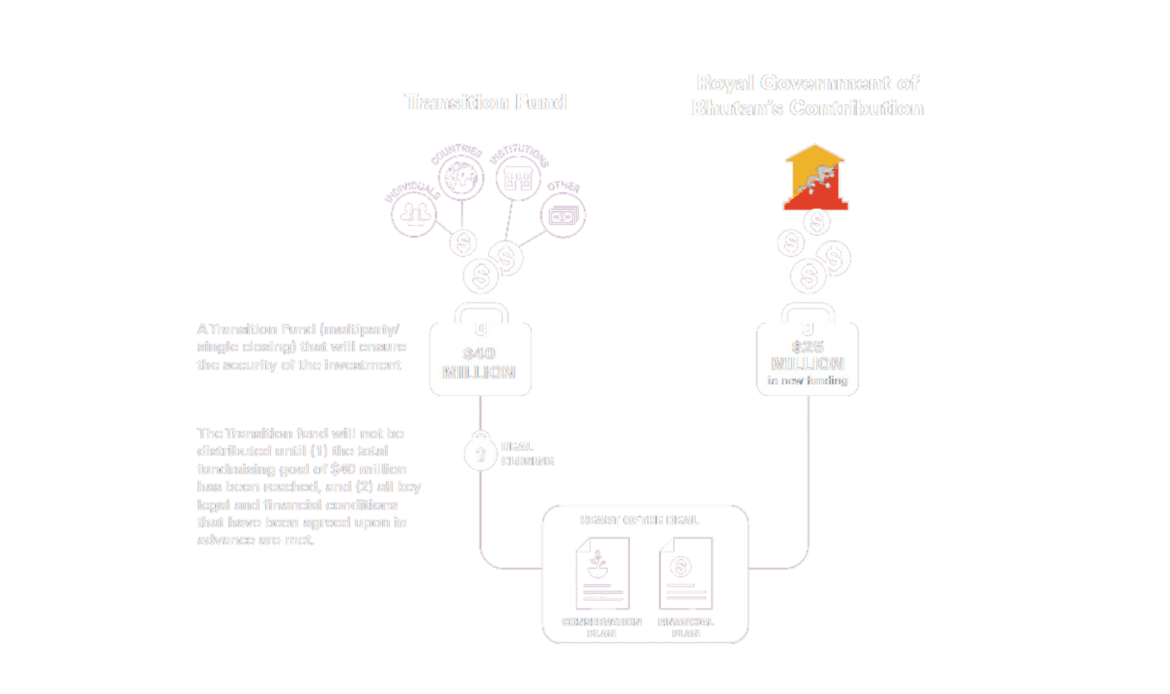
ESTIMATES OF FUNDING TO FILL FINANCIAL GAP FOR 14 YEARS (USD, MILLIONS)
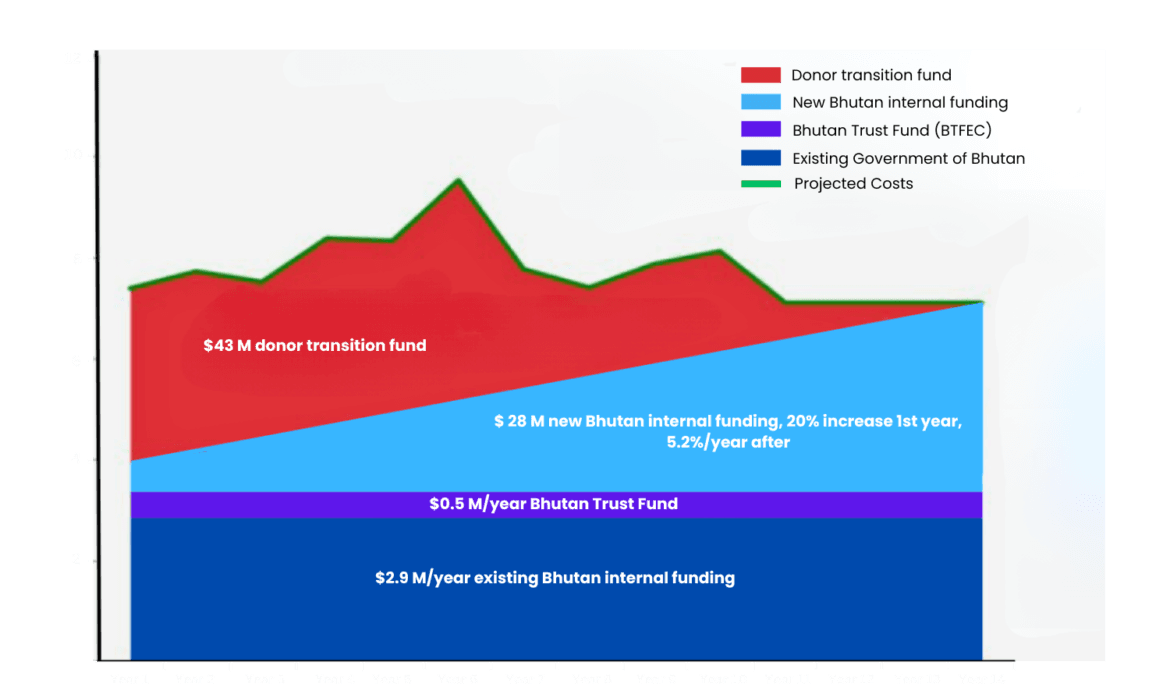
KEY COMPONENTS OF BHUTAN FOR LIFE-ASIA'S FIRST PROJECT FINANCE FOR PERMANENCE (PFP)
- Project Finance for permanence is a means of designing and launching protection at the landscape scale relying on rigorous project and management
- It is based on Wall street model project finance for organizing and financing complex, expensive and well-defined projects. The aim of PFP is to help establish the conditions required to secure the ecological, financial, organizational, political and social sustainability
- The PFP approach begins with the development of – and agreement on – a conservation plan that has a set of targeted goals and milestones, as well as rigorous financial plan to achieve them.
- Next, a “ multi-party, single closing” approach is employed that ensures the security of the investment. Here, a group of donors commit commit funds towards BFL but all funds are held and not distributed until 1) The total fundraising commitment goals been reached; and 2) all key legal and financial conditions that have been agreed upon in advance are met. This serves o leverage funding, by providing funders with an up- front guarantee that their support will be put to best use.
- The when all the conditions are met, these donated funds will be placed in a transition fund that will make annual payments, starting high and declining to zero over a project period of 14 years. At the same time, the government of Bhutan will increase its funding by approximately 5-7 percent annually over this 14 year term. After that, Bhutan is fully responsible for funding its protected areas on its own.
- The potential sources for the internal funding have been identified as 1) green tax levied on the import of vehicles 2) payment for ecosystem services for hydropower 3) revenue for eco-tourism in the protected areas.
What is PFP?
